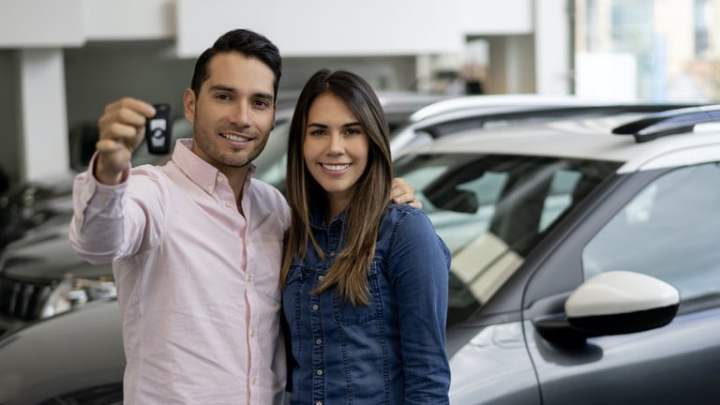According to a Nielsen report, more than 62.3 million Hispanics are living in the United States today. They wield purchasing power estimated at $1.9 trillion, according to the University of Georgia. This figure alone is impressive and takes on a daunting dimension when we consider that Hispanics in the U.S. are one of the fastest-growing populations in the country, responsible for about half of all births.
With a national average age of 38, Hispanics are also a very young group, whose enthusiasm and optimism have been one of the automotive industry’s lifelines during the pandemic. The Hispanic community was the only group that showed growth in new vehicle purchases over the past 18 months.
According to Toyota, the Miami market, where 71.51% of the population is Hispanic, has remained stable during the nationwide sales slump caused by the pandemic recession. It is no coincidence that Miami is the number one sales market for the Toyota Corolla, a car whose excellent reputation in South America travels north in the suitcases of migrants.
How do Hispanics in the United States buy their cars?
In a study on car-buying habits of different multicultural groups in the United States, Nielsen ranks Hispanics as the least brand-conscious population in the country, which gives manufacturers a better chance of convincing them of the quality of their products. But which factors persuade Latino buyers to purchase a particular model over its competitors?

SurgeMetrix, a company with more than 20 years of providing software and services to car dealers, conducted a study in 2020, before the outbreak of the pandemic, in which 58 percent of respondents were female and 42% were male; 75% of them were between the ages of 18 and 38.
The study concluded that when it comes to car purchases in the Hispanic community:
- Women play an important role in making purchasing decisions.
- Hispanics want to touch, feel and test drive the vehicles they are considering buying.
- Toyota has a dominant role in appealing to the Hispanic market.
- Selling in Spanish is important.
Hispanics are online and respond to digital advertising. SurgeMetrix updated the study in 2021 to determine whether the pandemic had introduced changes in Hispanic shopping habits. These were four key findings of the study:
- Hispanics continue to be tactile: The data shows in both studies that they like to drive vehicles before buying them.
- Hispanics prefer to have their cars sold to them in Spanish.
- The reputation of the seller, either the manufacturer or the dealership, means a lot to the Hispanic buyer.
- Cell phones are the primary shopping tool for U.S. Hispanics.
While the findings of the study update do not necessarily contradict the conclusions reached in 2020, it does introduce one wrinkle: The reputation of the vehicle dealer became a new purchasing factor for Hispanics, which clashes with the lack of brand awareness referred to in the Nielsen study, released in July 2020 during the pandemic.
Clearly, although the cell phone is their primary purchasing tool, Hispanics like to drive the vehicles they buy, and the arrival of the coronavirus did not prevent them from doing so. Both before and after the pandemic, it’s also clear that Hispanic women play a decisive role in buying their cars.



